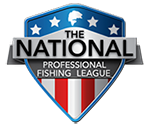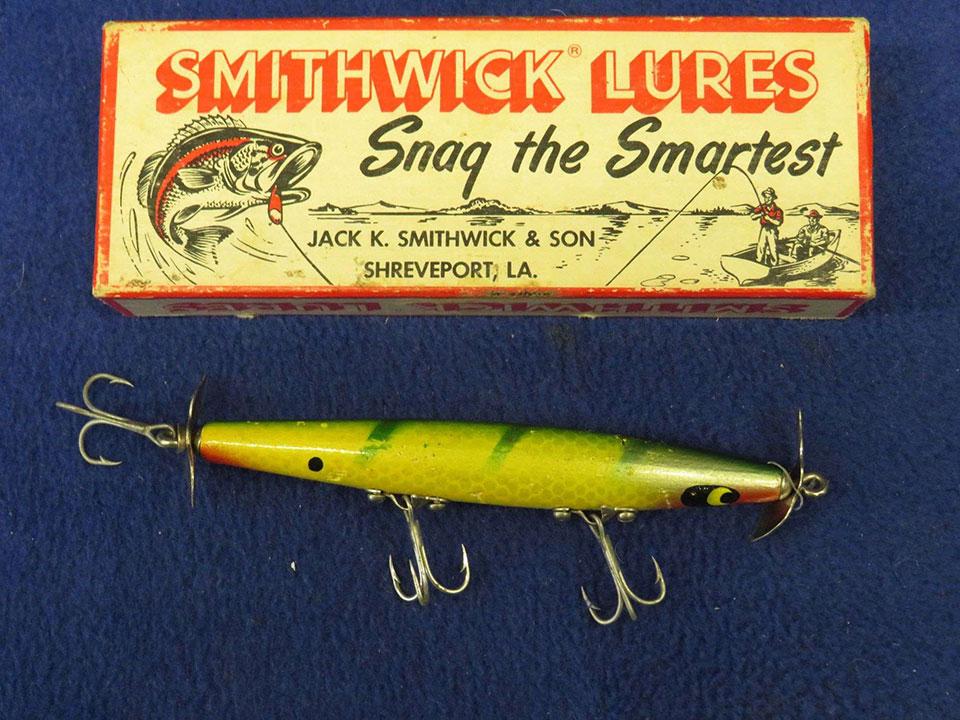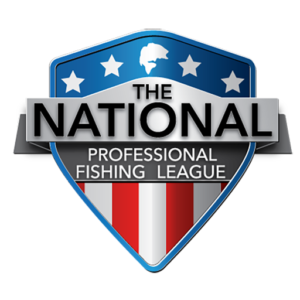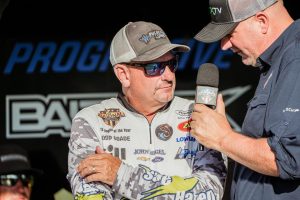Story by Ken Duke
Topwater prop baits have been around for more than 100 years. The first appeared in the 1890s when enterprising Midwestern anglers put metal blades on wooden lure bodies.
Little has changed since then though most lure bodies are now made of plastic rather than wood. Some of the classic prop baits are still made of wood, which has its aficionados. The Smithwick Devil’s Horse, for example, is still made of pine, which has its advantages and disadvantages. Pine is a soft wood that floats high but can also be inconsistent in its properties and will become waterlogged over the course of a day’s fishing. Nonetheless, the Devil’s Horse is as good a prop bait as the market has ever seen and it has a legion of diehard fans.
My late friend “Topwater Charlie” Orme was one of those Devil’s Horse devotees. Charlie was a Floridian, a fisheries biologist, and for decades the Devil’s Horse was all he fished, and I do mean “all he fished.”
You might think Charlie was not very versatile, and you’d be right, but he wasn’t seasonal. He caught enough fish all year round to be a threat in any tournament he entered. Over the years he won boats and trucks and lots of money—all on a Devil’s Horse.
Like a lot of anglers who become laser-focused on a single approach, Charlie made several modifications to his baits before they were ready to fish. He’d order Devil’s Horses—all in the same color (chrome with a black back and orange belly)—by the gross from PRADCO (Smithwick’s parent company), and when they arrived, he’d drop each one in a bucket of water. If the bait floated high enough that the line tie and rear screw were mostly out of the water, the bait passed the first test and was ready for step two. If it didn’t float high enough, he set it aside. The baits he set aside might be good enough for practice or to give away, but they were not good enough for competition. Most of the 144 he’d order at a time were not tournament worthy.
If the bait was a high floater, he’d replace the hooks and add split rings between the hook harnesses and trebles. Sharper hooks are always nice, and he felt the split rings helped him land more fish.
Charlie would also bend the prop blades—just a little—to make them more streamlined so they’d spin easier. He wanted them to turn at the slightest twitch.
But the biggest “secrets” to Topwater Charlie’s success were his eyesight and his casting accuracy.
If a fish in the weedy shallows moved, Charlie would see a reed twitch or a lily pad bulge to reveal it. Then, because the Devil’s Horse was quite literally the only bait he used, he was incredibly accurate with it, easily able to hit a pie plate-sized target at 50 feet every … single … time.
Not only was he remarkably accurate, but his lures landed softly so as not to disturb the fish. Once they touched down, he let the ripples dissipate before bringing the Devil’s Horse to life with the lightest twitch—just enough to turn the blades but not enough to move the bait more than an inch or two.
Then he’d pause—often for a long while … a count of 10 or 20 or more—before repeating the faint twitch. Casts could last several minutes and all the while he’d be scanning the shallows for another bass to reveal itself.
If the slight twitches didn’t draw strikes, he’d add more action with a sharper pull or churn. You just don’t know what the bass want on any given day until you experiment a little, and while Charlie didn’t experiment with baits or colors (much), he did alter his retrieve until he found success.
Over the course of a day, Charlie might go through a dozen identical Devil’s Horses. The pine bodies would take on water, stop floating high which caused the blades to sit too low for his liking. His was a technician who had perfected his craft. He knew what worked best for him.
Late in his too brief life (Charlie died at 69 in 2013), he added a Yamamoto Senko to his arsenal, mostly as a comeback bait when a bass missed his Devil’s Horse.
There’s a lot to be learned from single lure or single technique anglers. I admire that kind of dedication, especially when the practitioner is as accomplished and as gracious as Charlie Orme.
There could never be enough Topwater Charlies.





